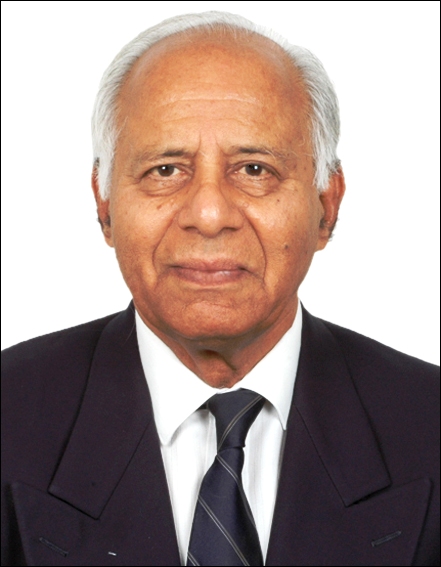
Born in Lahore on 5th January, 1930, to Savitri Devi and Shanti Sarup and brought up in an open environment, without any mental conditioning by a denominational commitment. He imbibed a deep commitment to democracy and freedom because his family participated actively in the freedom struggle. In 1947, together with his family, he went through the trauma of losing all, and then participating in rebuilding a new status and identity. He Joined the IAS in 1954 and retired in 1988 as Education Secretary, Government of India. Later, he became Chairman, National Book Trust. Also co-authored, with Sulabha Brahme, Planning for the Millions.
Editor’s note: This is Part 2 of a three-part story. Part 1 describes the the family’s decision to leave Pakistan,while Part 3 is the story of their rehabilitation in Ludhiana.
Was it the 10th or 11th of September 1947? I am not sure.
Finally, in spite of the regrets expressed by our Muslim friends, my family realized that we had to move out of Okara, Pakistan, because of, as we then saw it, the gory events occurring in India. We felt that, if the Hindus across the border had not raped, killed and pushed out so many Muslim families into Pakistan, we might have managed to stay on in our homes even though we were not Muslims.